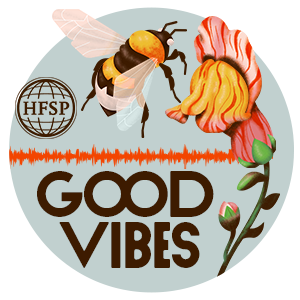Our team is divided in three Units: Uib, Uem, Upp, all of which are tightly working on each of the three work packages:
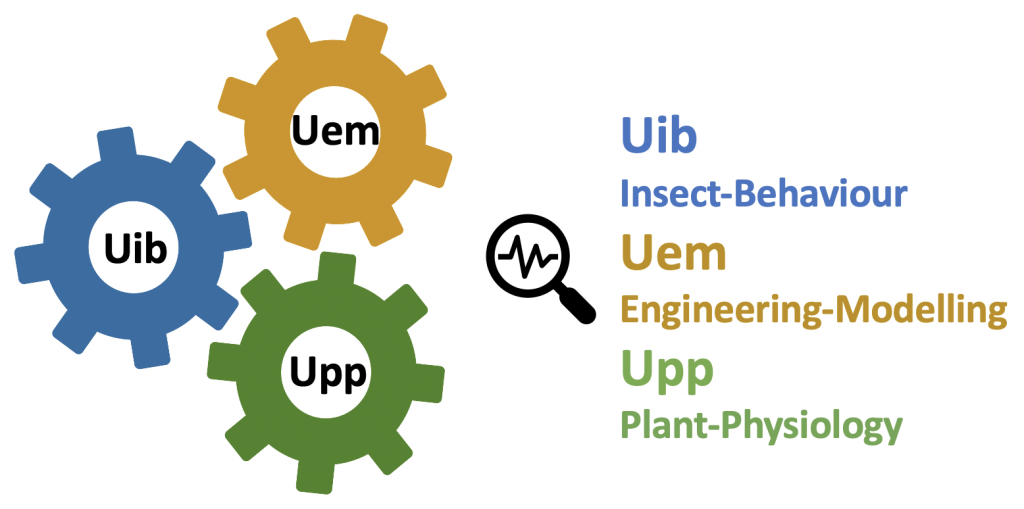
Uib will be responsible for insect rearing and recordings both in laboratory and natural conditions, will analyse VA in different behavioural/ecological contexts and assess pollinator preferences for flower shapes. Uib will perform playback experiments with live pollinators, natural and manipulated (by Uem) sounds, thus providing Upp with plants treated by distinct pollinators/contexts.
Upp will analyse the time-series electrophysiological and transcriptional responses of the different flowers organs to VAs, those which will be integrated to metabolomic profile changes related to pollinator attraction (e.g. productions of pigments, aromas and increase in nutrient loading of nectar). Upp will also dissect the role of flower morphology in the transmission of SVs.
Uem will extract features from signals using machine learning approaches combined with nonlinear time series analysis. Uem will also analyse wave-propagation properties of flowers and their parts as substrates for signal propagation. Uem will be further responsible for developing a mathematical model using inverse modelling approaches based on extracted high-fidelity data.

Team
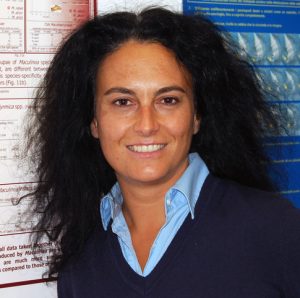
Francesca Barbero (Uib) is an entomologist. She has studied several aspects of insect ecology, ethology and evolution. Her utmost achievement was the discovery of acoustic mimicry in host-parasite insect interactions. She has also investigated the chemical signalling occurring in multitrophic systems involving insects and plants. FB will coordinate the projects having the key knowledge on the stimulus (pollinators) and on interspecific communication in complex systems.
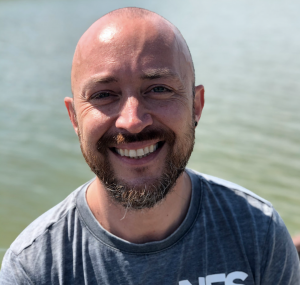
Tomás Matus (Upp) is a plant molecular biologist. His research addresses the transcriptional regulation of secondary metabolism, with a particular focus on pigments and aroma volatile organic compounds in fruits as signal cues for reproductive success. TM’s skills include metabolomics and transcriptomics analyses and construction of gene regulatory networks.
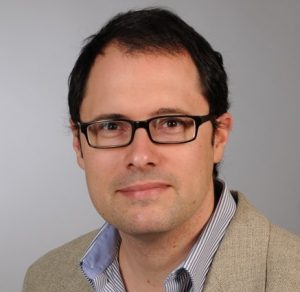
Sebastian Oberst (Uem) is a bioacoustics scientist interfacing biology, physics and engineering. In course of his studies on termite vibrational communication he has shifted the interest from advanced signal processing and pattern recognition, for playback experiments and behavioural ecology to applying complex dynamics and computational intelligence methods to the understanding of insect vibratory signals and their interaction with the communication channel (the substrate).
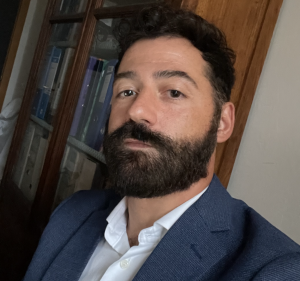
Luca Pietro Casacci (Uib) is a zoologist. His research activity is focused on the study of biology, ecology and conservation of diurnal Lepidoptera, with a particular focus on threatened species. In parallel, he has also carried out research in the field of bioacoustics, focusing on the study of variability, meaning and evolution of vibroacoustic emissions in ant societies and their associated organisms.
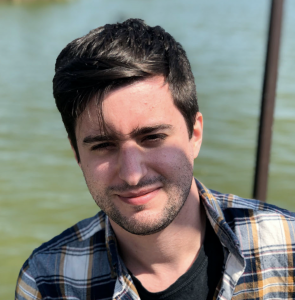
David Navarro-Payá (Upp) is a postdoc at TomsBio lab
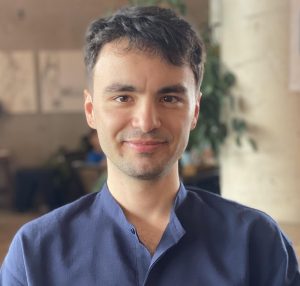
Can Nerse (Uem) is a postdoc at Biogenic Dynamics Lab
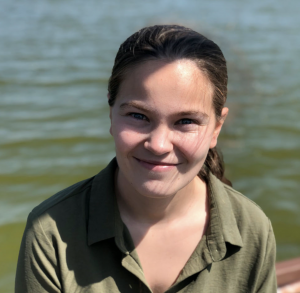
Jone Etxeberria (Upp) is a PhD at TomsBio lab
